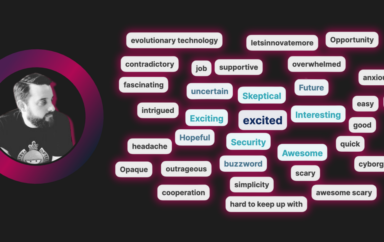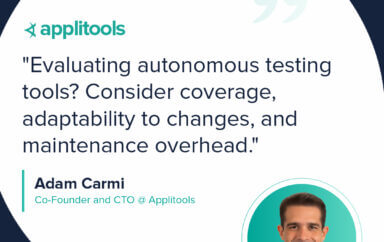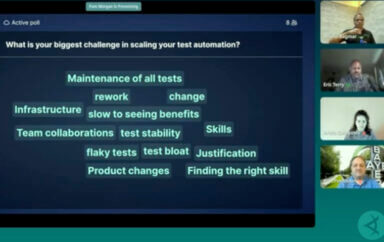
When done right, test automation is an excellent source of fast feedback for teams. When development check-ins are made, the automated tests are able to verify that the system is still working as expected.
However, for many teams, what is supposed to be this reliable feedback mechanism is nothing more than unstable spaghetti code that requires constant maintenance.
A big reason for the instability of automation code is the lack of good design and architecture. Automation code should be written with the same care and consideration as production code if the team truly wants to see a return on their investment. However, because it is different than production development, it’s not always obvious how to accomplish this.
In this advanced session, Angie Jones discusses the four pillars of object-oriented programming and how to utilize these concepts within test automation development, in order to achieve robust, reliable and maintainable automation code.
Here are some of the talking points Angie covers:
- Introduction (or refresher) of the key concepts of object-oriented programming
- Real examples of how to apply these concepts to automation development
- Tips on automation-specific design patterns
During the session, Angie broke away from the traditional Q&A-at the end structure, and instead answered section-specific questions after each part of her talk, so entire webinar is structured as a live tutorial.
You can access Angie’s full slide-deck here.
Full recording here:
Additional and advanced materials:
- Building an Effective Front-end Testing Discipline – w/ expert Kevin Lamping [on-demand webinar]
- Why Screenshot Image Comparison Tools Fail With Dynamic Visual Content – by Eran Barlev [post]
- Embracing the Agile Manifesto: A Practical Approach for Software Testers – by Gil Tayar [post]







